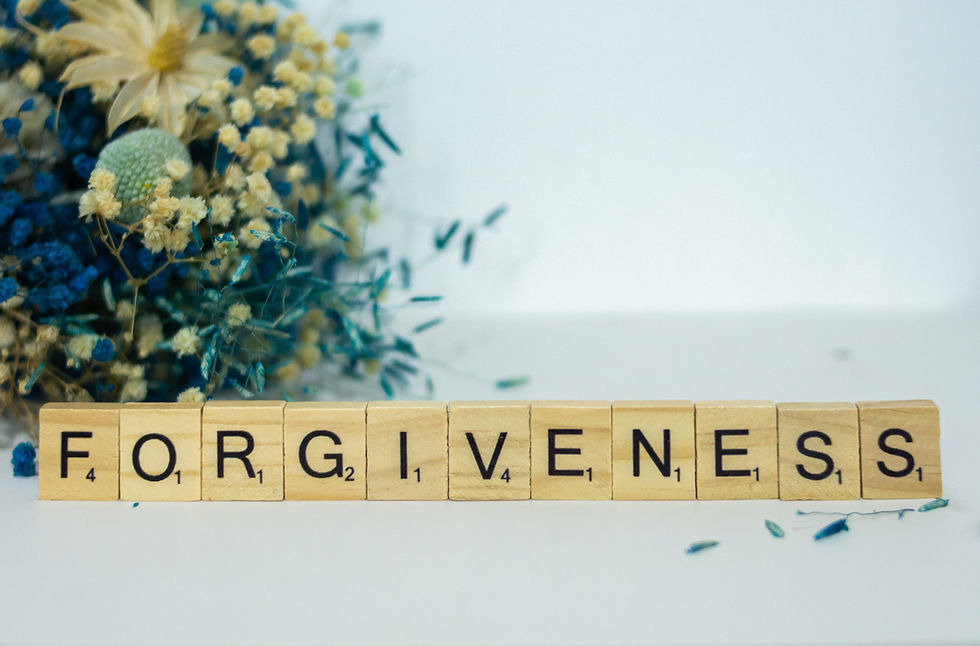Emotional Self-Regulation: Healthy and unhealthy ways of expressing emotion
- Robin

- Sep 9, 2019
- 3 min read
Updated: Jun 28, 2024

For those of you that have attended Counselling, you have probably heard the Counsellor explain that while we can work on changing ourselves, we cannot change others. That can be a tough reality to face when it feels like others are the problem. Some of the most frustrating experiences extend from things beyond our control. That is the bad news. The good news is that while we cannot change how others decide to act, feel, or think, we CAN change OUR response.
What is Emotional Regulation?
Emotional regulation refers to the unique process of initiating, inhibiting and modulating our behavior. To explain it simply: when something happens we respond with feelings and thoughts. Those feelings and thoughts prompt action. Emotional regulation is having the skills to control your behavior, emotion and thoughts in those moments.
Why is Emotional Regulation important?
Emotional self-regulation is critical for the management, expression and experience of emotions. Rather than escalating to action, it is taking a pause and finding space between the feeling, thought, and action. It allows us to respond in a mindful way, as opposed to reacting and perhaps making a bad choice.
How does Emotional Regulation play a part in everyday conflict?
Every situation presents the opportunity to respond in one of three ways: approach, avoid or attack. Chances are, most of us already use emotional regulation (whether consciously or unconsciously). We use it in those moments when a bad driver cuts us off (and we don’t retaliate). We model it for our children when we show impulse control. However, it is a skill that needs consistent practicing.
What are signs that I need to pause and practice Self-Regulation
A good way of determining your need for emotional self-regulation is by mood and body cues. Monitoring your body and looking for responsive clues are a great indicator. For example, when I get upset my hands start to sweat. Sometimes my stomach starts to turn. Other people may experience a flushed face. These are clues that your body is in a primal reactive state. The goal is to center yourself in these moments, and allow your body to return to a balanced state where you are able to make conscious decisions.
If you find yourself feeling irritable and frustrated with others, it may be time to look at the frequency and the duration of your emotional responses. For example, if someone criticizes you, how long does it take for you to move through the feeling and mood? How are you able to process the feeling? Are you able to feel better?

What are the benefits of Emotional Self-Regulation?
Emotional Self-Regulation can help enhance long-term well being, it can help enrich personal relationships and can lead to better mental health. Negative emotions can take up a large amount of energy, they can distract from the present and they can inhibit you from moving forward. Negative emotions can also negatively influence how we think, how we make decisions, and how we move through day-to-day.
What exercises can I do to help practice Emotional Self-Regulation?
Self-awareness is one of the first steps in practicing Emotional self-regulation. Identifying the emotion and naming it, is a great way to explore the feeling. I’ve included the anger iceberg (see below) to help name feelings beyond “anger”.
Breathing exercises are a way to stay mindful and connect with our body.
Self-Compassion reminds us that we are human and imperfect beings. The practice of self-compassion can include positive self-affirmations and regular self-care.
Counselling is a great place to explore unhelpful thinking patterns. For example, some people use filtering (magnifying negative experiences and filtering out positive experiences). I’ve included a worksheet below that outlines the various types.
How can Counselling help?
In counselling I use Cognitive Behaviour Therapy to explore common negative thinking patterns. Once the patterns are identified, clients are more easily able to identify the feeling and thought and in turn, change their response.






